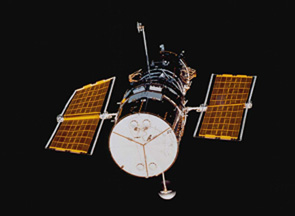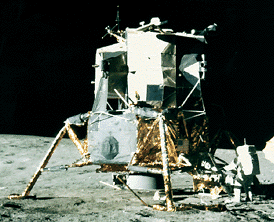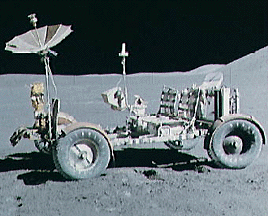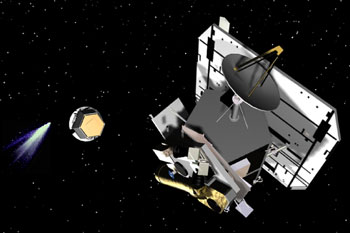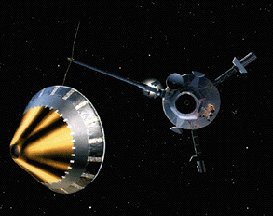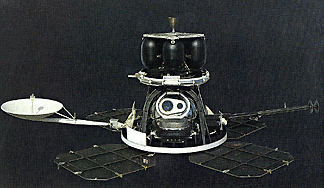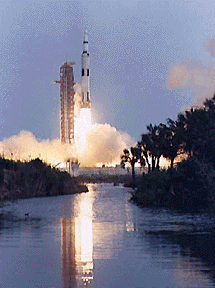
NASA
Apollo 13
After the Apollo 1 fire, NASA suffered its second failure in the Apollo program with their thirteenth space mission. Apollo 13 was launched on Apr. 11, 1970, carrying astronauts James Lovell, John Swigert, and Fred Haise on board. It continued on a journey to the Moon, where it planned to complete the third manned lunar landing.
However, just two days into the mission, a loud bang was heard, caused by the explosion of an oxygen tank. The Apollo 13 crew soon learned that their power supply was dangerously low, as well as other supplies necessary for maintaining life support. Stranded in space, 200,000 miles from Earth and heading toward the Moon, the astronauts realized that their lunar landing would be impossible, and even making it back to Earth alive would be a miracle.
In a classic display of resourcefulness, NASA engineers searched for ways to utilize the supplies and equipment of the Apollo 13 lunar module, which had remained unharmed in the explosion. They cleverly figured out that its Environmental Control System could be used to remove carbon dioxide from the cabin, and that its engine could guide the spacecraft around the Moon and speed its return home. The astronauts also showed tremendous courage, surviving temperatures near freezing, and dehydration for four days before re-entering Earth's atmosphere and safely splashing down in the Pacific Ocean.
The Apollo 13 mission is classified as a failure, but with the successful rescue of its three astronauts avoids being considered a complete disaster.






